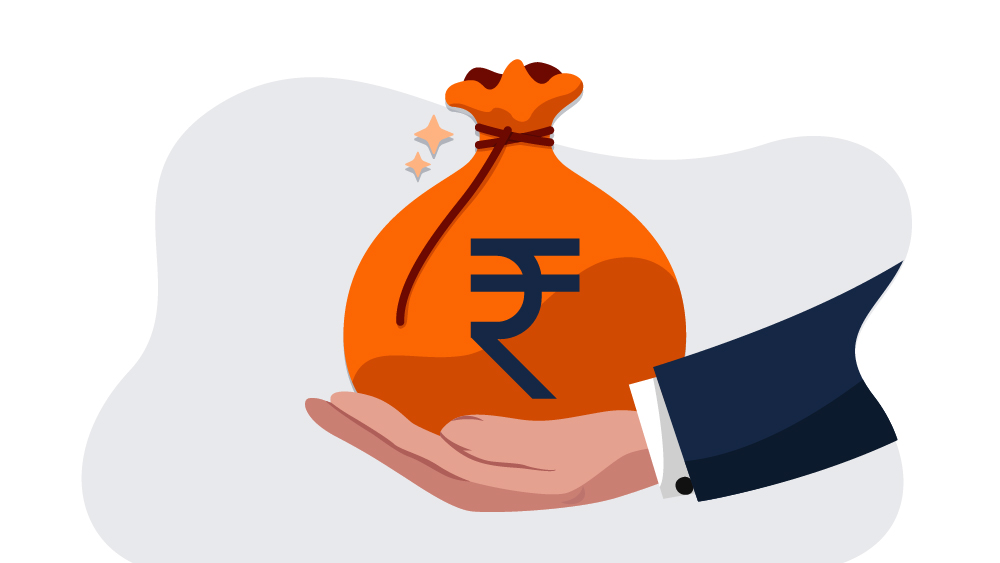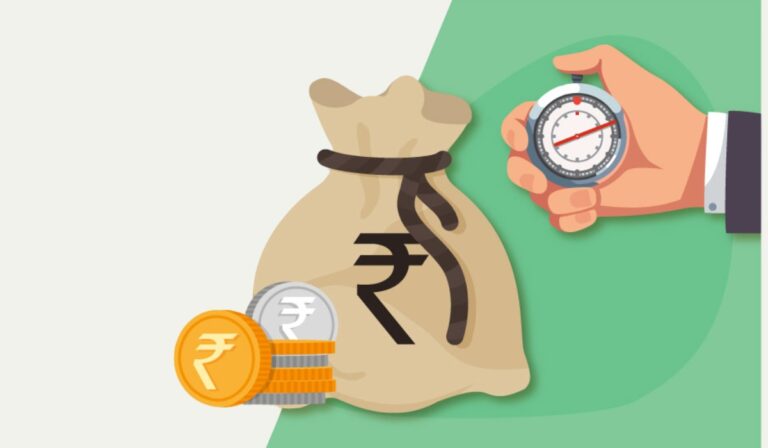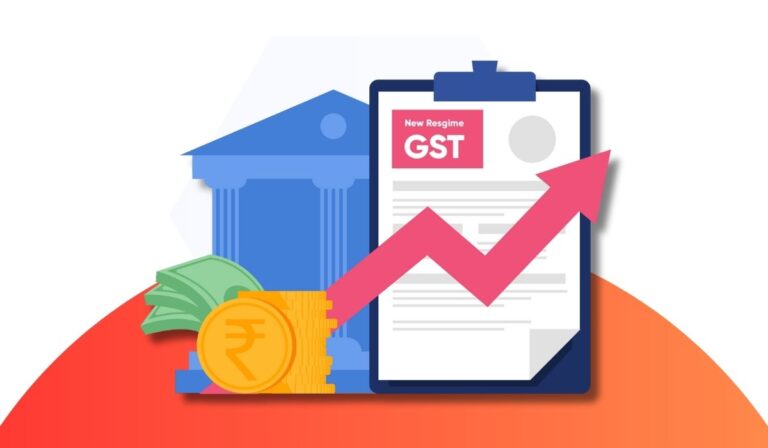The total currency and the liquid assets available in an economy at a given time are known as the Money Supply. It consists of physical currency, such as coins and banknotes, and digital money stored in various forms in banks. It requires all the cash that an economy has to be in proper circulation, while the bank deposits could be converted into cash swiftly. In this blog, let’s dive into the money supply’s depth and understand its impact on its users.
How has the Money Supply evolved?
The concept of money supply has an ancient history and has undergone many significant changes. In the first few stages, money was taken in the form of commodity money while other possession goods, like gold and silver, were treated as a medium of exchange.
Finally, with the rise of modern banking, fiat money emerged, not backed by a physical commodity but based on trust in the issuing authority.
Slowly, when societies began to welcome change and make progress, this systematic way of exchanging goods and services became even more popular. This time the use of notes and certificates were backed by reserves of precious metals.
Standard Measures of Money Supply
There are two main types in the realm of money supply: central bank money (M0) and commercial bank money (M1 and M3).
Central bank money includes obligations of the central bank, such as currency and central bank depository accounts. On the other hand, commercial bank money comprises responsibilities of commercial banks, including current accounts and savings accounts.
Money supply statistics further classify commercial bank money into M1 and M3 components. M2 and M4 components may also include post-office deposits. M1 typically has lower-valued types of commercial bank money, while M2 and M3 encompass more significant amounts. Among these measures, M3 is the largest aggregate, covering a broader money supply range.
What is reserve money (M0)?
Reserve money, also known as central bank money, monetary base, base money, or high-powered money, serves as the foundation for the money supply or the high-powered component of the money supply. In simple terms, reserve money can be defined as the sum of currency in circulation and the deposits of commercial banks with the central bank, which in the case of India is RBI.
M0 = Currency in circulation + Bankers’ deposits with the RBI + ‘Other’ deposits with the RBI
It is important to note that reserve money consists of various components, including net RBI credit to the government, RBI credit to the commercial sector, RBI’s claims on banks, RBI’s net foreign assets, government’s currency liabilities to the public, and RBI’s net non-monetary liabilities.
Narrow Money (M1)
M1, also referred to as narrow money, expands upon M0 and includes highly liquid forms of money readily available for transactions. It encompasses currency in circulation – notes and coins held by the public and demand deposits or checking accounts held by individuals and businesses at commercial banks. M1 represents the most immediate and accessible money for day-to-day transactions.
What is M2?
M2 broadens the scope further by incorporating a more comprehensive range of financial assets in addition to the components of M1.
What is Broad Money (M3)?
M3 extends the concept of the money supply to include additional types of financial assets, making it the broadest measure among the commonly used aggregates. It encompasses M2 (currency in circulation, demand deposits, savings deposits, time deposits, and money market mutual funds). It adds large-denomination time deposits, institutional money market funds, and other long-term financial instruments.
Understand why the money supply expands and contracts.
Consider a bank as a small representation of the overall economy. When the local population experiences prosperity, they have more money available for savings. They choose to deposit this money in the bank. The bank holds a portion of these deposits in its vaults for safekeeping but lends out the majority of the funds to individuals and businesses in need. As these loans are repaid with interest, the bank’s available funds for lending increase. During such times of economic growth, the money supply expands.
However, what occurs during periods of economic downturn? In these circumstances, people’s bank deposits decrease as they struggle to make ends meet, and sometimes they might lose their jobs. With fewer deposits, the bank has a reduced amount of money available to lend out. Additionally, individuals and businesses tend to become cautious and refrain from engaging in significant spending due to poor economic conditions. As a result, the money supply contracts.
The expansion or contraction of the money supply is influenced by the behavior of individuals and businesses within the economy.
Conclusion
Money supply plays a crucial role in shaping the stability and functioning of an economy. It encompasses various forms of money circulating within the economy, including physical cash and bank deposits. By analyzing the money supply, stakeholders can make informed decisions and implement appropriate measures to foster economic growth and stability.
PayMe is an RBI-registered Indian lending Fintech company providing quick personal loans online to individuals and small businesses at low-interest rates. PayMe aims to bridge the gap between traditional lending institutions and borrowers who may need to meet their stringent requirements. With a user-friendly platform and fast loan approval process, PayMe is committed to providing its customers with financial freedom, Quick disbursal, and flexibility. In addition, the company aims to provide fast loan approval to empower individuals and businesses to achieve their goals by providing timely access to the necessary funds. Payme’s customer-centric approach and innovative technology make it a leader in the Indian lending Fintech industry.
Read More: Unveil the Secrets of Leverage Ratio




